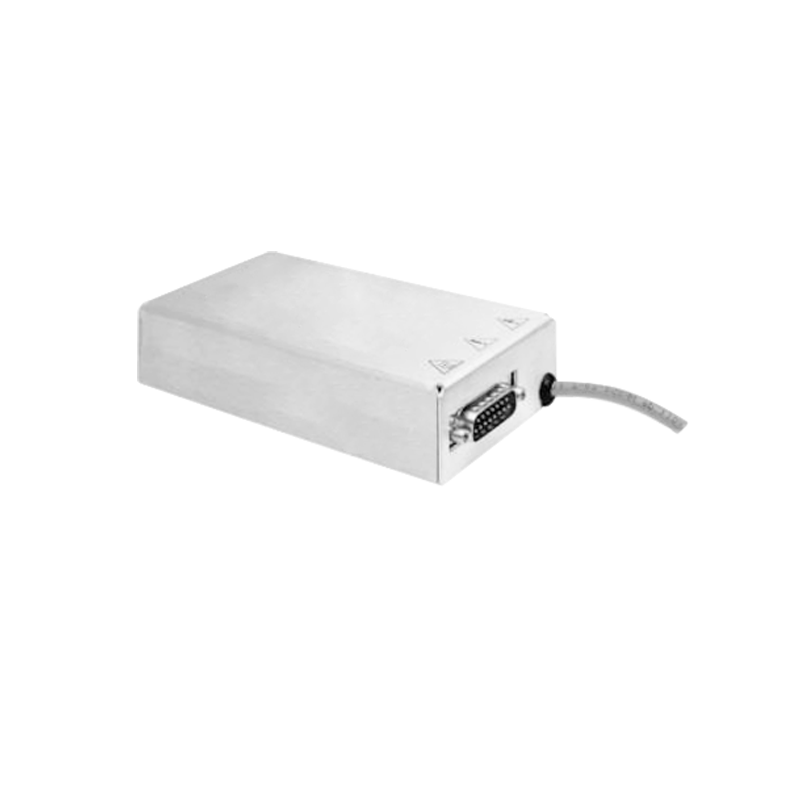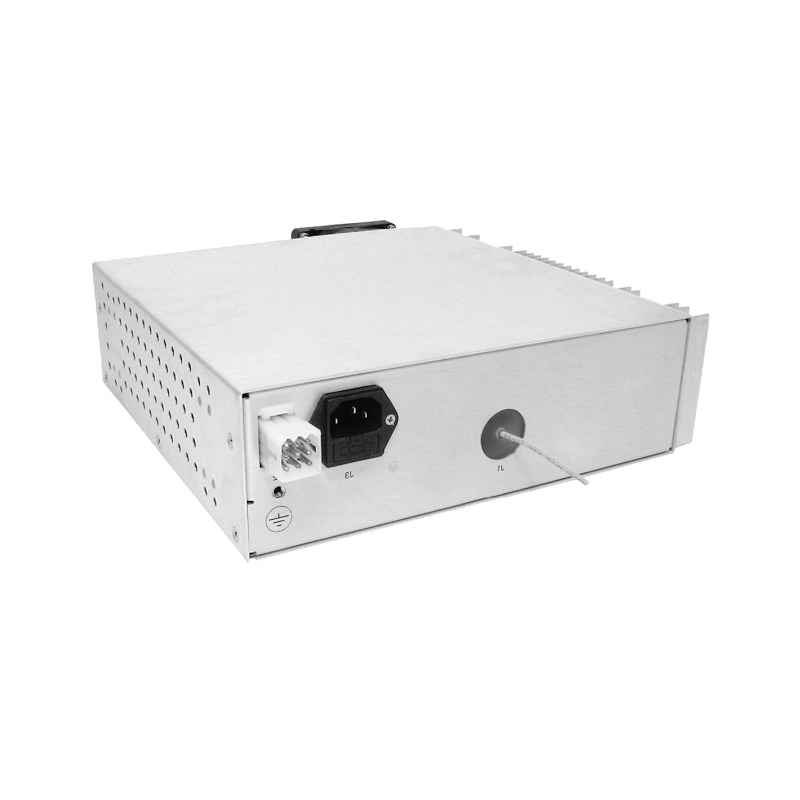Precision of High-Voltage Power Supply in Plastic Sorting: Technical Principles and Application Value
In the field of resource recycling, plastic sorting is a core process, and the precision of high-voltage power supplies (HVPS), as key components of sorting equipment, directly determines sorting efficiency and quality. This article explores the application characteristics and precision optimization strategies of HVPS in plastic sorting from three aspects: technical principles, influencing factors, and optimization approaches.
1. Technical Principles of HVPS in Plastic Sorting
HVPS systems in plastic sorting achieve precise identification through electric field effects, optical properties, and differences in material physical properties. For example, in electrostatic sorting, HVPS applies electric field forces to plastic particles via an electrostatic field. Materials such as PP, PE, and PVC exhibit trajectory deviations due to variations in dielectric constants and conductivity, enabling classification. Additionally, combined with photoelectric detection, HVPS drives light sources to perform high-resolution scans on plastic surfaces, identifying colors and materials through spectral reflectivity differences, and separates heterogeneous particles via high-speed air jet systems.
During sorting, the stability and response speed of HVPS are critical. For instance, voltage fluctuations in electrostatic sorters must be controlled within ±1% to ensure field uniformity, while pulsed voltages in optical sorters must synchronize with sensors for millisecond-level signal triggering.
2. Key Factors Affecting Recognition Precision
1. Power Stability and Noise Control
Output ripple and electromagnetic interference from HVPS directly affect sensor signal accuracy. Studies show that power supplies with ripple coefficients below 0.5% can reduce sorting errors to under 2%. Modular design and electromagnetic shielding effectively suppress noise.
2. Material Compatibility
Differences in dielectric constants, densities, and surface morphologies among plastics require tailored adjustments. For example, PVC and PET have dielectric constants of 4.0 and 3.3, respectively, necessitating optimized electric field strengths. For mixed plastics with impurities (e.g., labels, metal fragments), multi-stage strategies like electrostatic + air sorting improve overall precision.
3. Intelligent Algorithm Integration
Modern systems integrate AI algorithms to dynamically adjust HVPS parameters based on real-time spectral data. Machine learning-driven color recognition models optimize light wavelength and voltage matching, achieving over 99% accuracy in separating color variants.
3. Technical Pathways for Precision Optimization
1. High-Frequency Pulsed HVPS
High-frequency modulation enhances electric field efficiency without increasing energy consumption. Nanosecond-level pulsed HVPS improves separation of fine particles (<5mm) while reducing energy use by 30%.
2. Multi-Physics Field Coupling
Combining density-based sorting (e.g., water flotation) with electrostatic sorting addresses limitations of single-field methods. For HDPE and PP with similar densities, preliminary impurity removal via water flotation followed by electrostatic refinement achieves purity over 98.5%.
3. Environment-Adaptive Technologies
Temperature-compensated circuits and humidity feedback systems mitigate environmental impacts on HVPS output. Experiments show such technologies enhance system stability by 40% in complex conditions.
4. Conclusion
The precision of HVPS is central to advancing plastic sorting technologies. Future breakthroughs in high-frequency modulation, multi-field coupling, and environmental adaptability will elevate sorting efficiency and purity, driving sustainable development in the resource recycling industry.




















